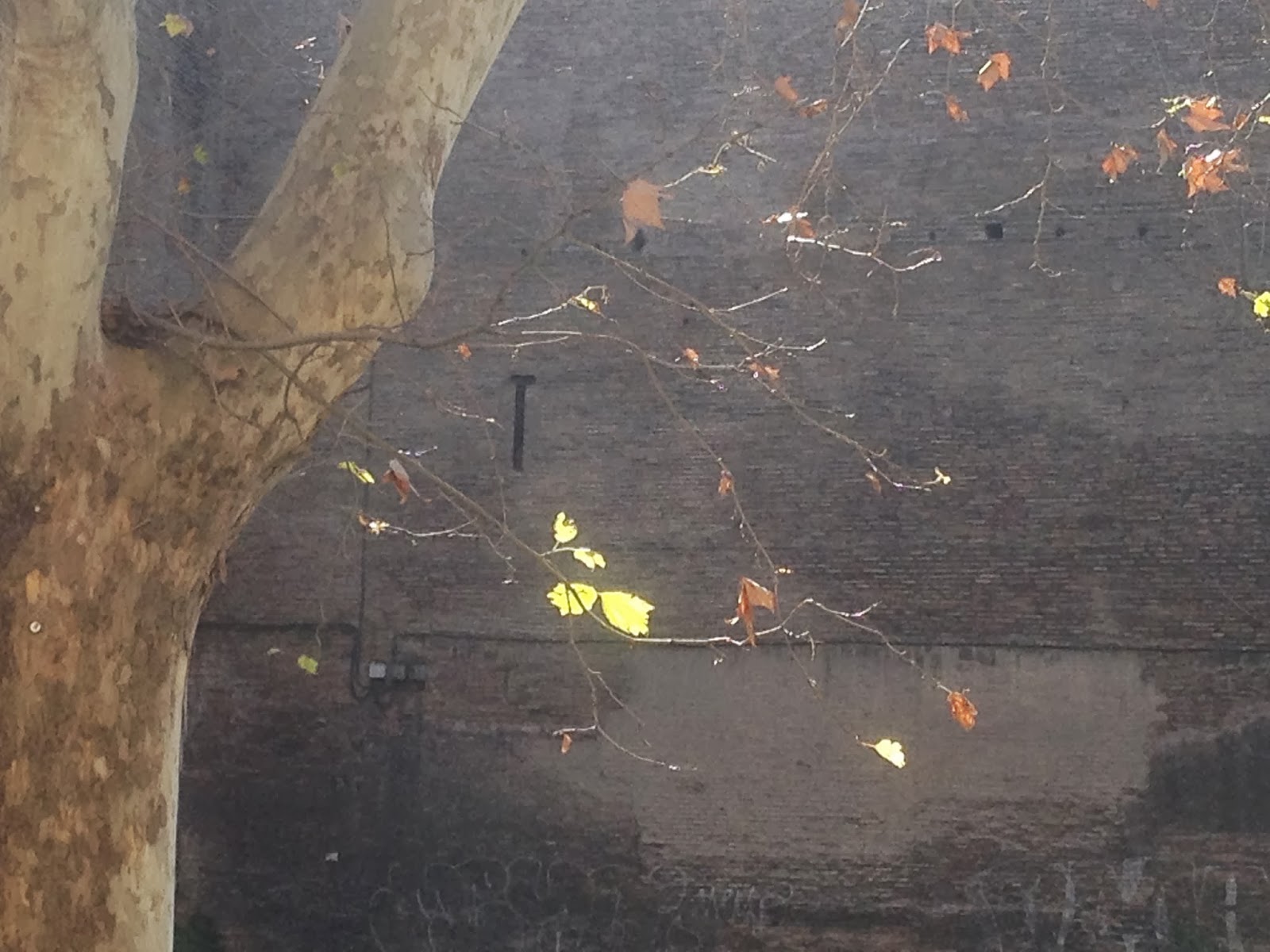Here's the list, in no order:
Giuseppe Lampedusa, The Leopard
Avishai Margalit, The Ethics of Memory
George Steiner, Real Presences
Michael Katz, The Irony of Early School Reform in Massachusetts
Sabina Murray, Forgery
Donna Leon, Death at La Fenice
Guy Raffa, Danteworlds: A Reader's Guide to the Inferno
Max Page, ed., Memories of Buenos Aires
Eleanor Clark, Rome and a Villa
Lionel Trilling, Sincerity and Authenticity
John Varriano, A Literary Companion to Rome
Lonely Planet, Italy
Giovanni Verga, I Malavoglia (The House by the Medlar Tree)
Rough Guide, Venice
Aryeh Cohen, Justice in the City: An Argument from the Sources of Rabbinic Judaism
Ross King, Michelangelo and the Pope's Ceiling
Marguerite Feitlowitz, A Lexicon of Terror: Argentina and the Legacies of Torture
Naomi Klein, The Shock Doctrine
Robert Huges, Rome: A Cultural, Visual, and Personal History
Borden Painter, Mussolini's Rome
Georgina Mason, The Companion Guide to Rome
Robert Kahn, Rome: The Essential Insider's Guide
Ernest Becker, The Denial of Death
Ernest Becker, The Denial of Death
The library of an adult-onset Attention Deficit Disorder victim!
Or someone trying -- valiantly? desperately? -- to bring together thinking about memory, preservation, place and cities together with activism on behalf of unions and public institutions.
Or someone trying -- valiantly? desperately? -- to bring together thinking about memory, preservation, place and cities together with activism on behalf of unions and public institutions.





















